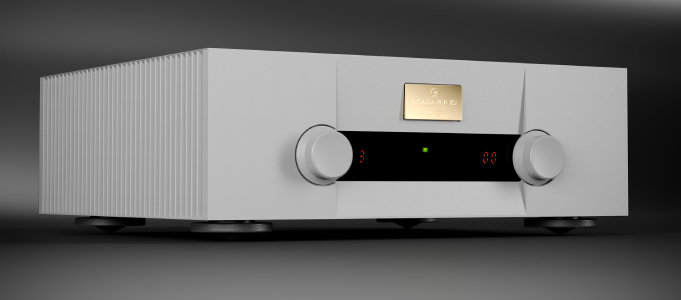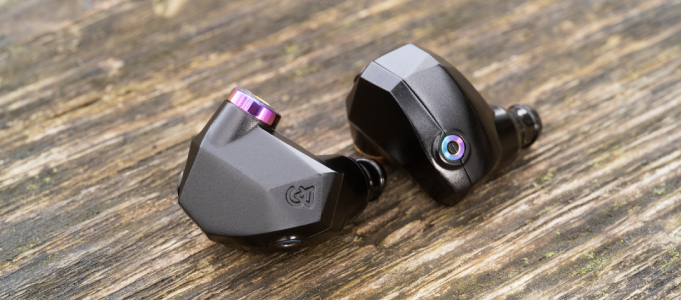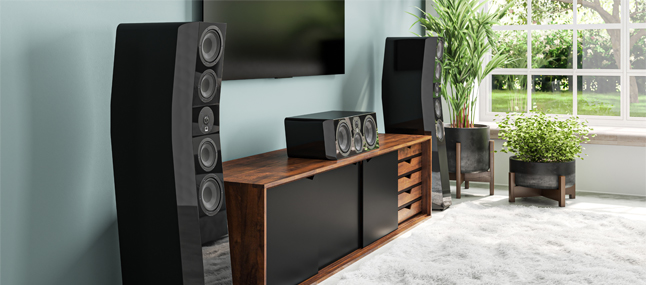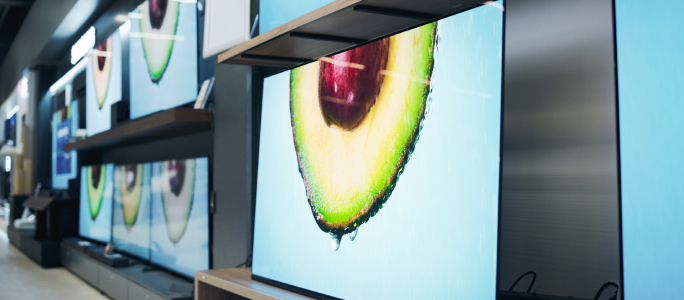Musical Fidelity M3sCD CD Player Review
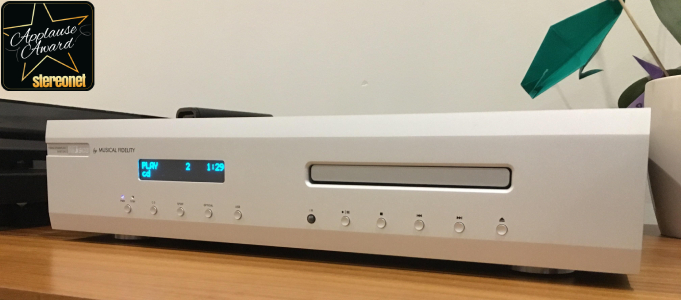
David Price samples a surprisingly good silver disc spinner…
Musical Fidelity
M3sCD CD player
£1,150

Given that Musical Fidelity's (now-retired) founder Antony Michaelson's obsession was with amplifiers, it's perhaps no surprise that the company's CD players have sometimes been overlooked. I'm the proud owner of a fully restored and original A1 integrated and have used countless other Musical Fidelity amps as references over the years. Yet, I can't think of any silver disc spinner from this stable that's really grabbed my attention. Earlier on in the company's history, they were always a bit quirky, strangely shaped or with odd ergonomics – the precise opposite of the M3sCD you see here.
This mid-priced design really looks like the finished article. Compared to market rivals like the Rega Apollo or YBA Heritage CD100, the M3sCD has an air of refinement about it, exoticism even. Both the styling and build of this machine are superb – here's one product for which no excuses need to be made. Likewise, the feature set is well judged. This is an unashamedly old-school Compact Disc player, with (very handy) DAC functionality bolted on. There's no Bluetooth, streaming or AirPlay; we're back to physical media, thanks very much. I commend this, as I think that do-it-all digital sources – especially at the budget end of the market – invariably stretch themselves too thin in their attempts to pack all the latest features, and it's the sound quality that suffers.
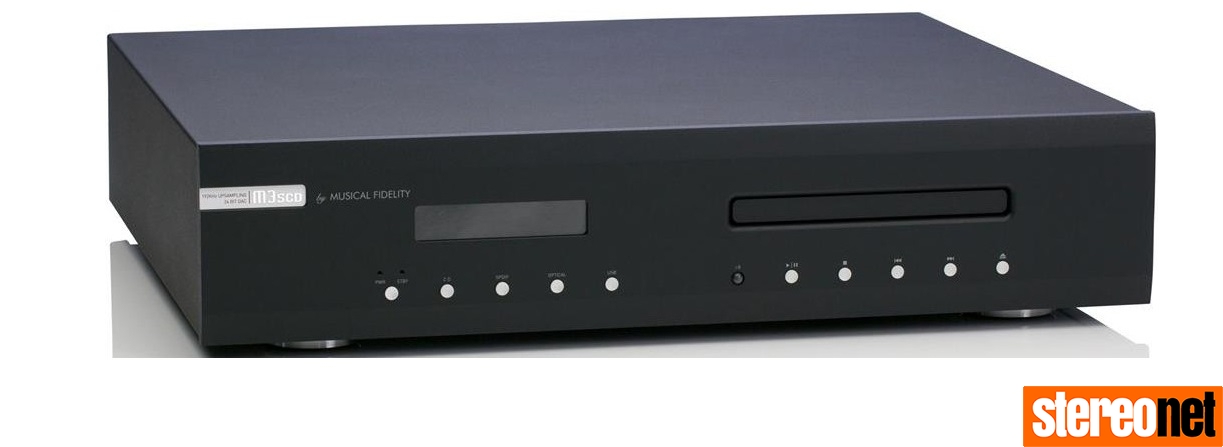
Weighing 6.05kg and measuring 440x100x380mm, the M3sCD is pleasingly compact but slightly heavier than you'd expect. Its thick, satin-finished aluminium alloy fascia plate looks classy, and those metal buttons are a lovely touch. You wouldn't expect a machine of this price to have an aluminium case – this is hardly dCS money – but its pressed steel affair is well turned out. It comes with a choice of silver or black fascia finishes, both very attractive to my eyes.
The display is set to the left of the fascia, and is a warm turquoise colour that's easy to read and crisp to look at, although it runs a blocky old-school font which is almost retro in appearance – some might not like it, but I did. To the right is the disc tray. This isn't bad at the price, being a relatively quiet and smooth plastic affair that doesn't feel like it's escaped from a nineteen nineties PC CD-ROM drive – unlike some rivals I could mention…

Inside lurks the aforementioned disc transport which is claimed to have very low jitter (of less than 135 picoseconds peak-to-peak), and a 24-bit, 192kHz-capable, 8x oversampling dual differential Delta-Sigma (Bitstream) DAC for which the manufacturer claims “excellent technical performance”. There's a choice of three digital inputs – TOSLINK optical, coaxial or asynchronous USB type B. These run sampling frequencies between 32kHz and 96kHz on the TOSLINK and USB ins, and 32kHz to 192kHz via the coaxial, all handling 16 to 24-bit PCM.
The neat rear panel also offers a choice of optical or coaxial digital outputs, should you wish to use the M3sCD as a CD player and port it out to an external DAC, amplifier or AV receiver. Fixed RCA line-level outs are fitted – no variables here – and an IEC mains input. A pair of 3.5mm minijack trigger ins and outs are fitted for remote switching purposes, and a basic infrared remote control is supplied.
THE LISTENING
Despite the alleged demise of CD, there's a lot of choice for buyers at this price point, with some real class acts to choose from. Favourite designs of mine like Rega's Apollo go for a warmer and more – for want of a better phrase – 'analogue' sound that the M3sCD. In contrast, others like Denon's DCD-1600NE have a lean, clean and detailed personality that's not so emotionally communicative. The Musical Fidelity treads a nicely judged path right down the middle. It doesn't soften and balm what's on the recording, yet at the same time, it retains much of the emotion of the music being played. It's crisp, well-etched and detailed, yet not overly analytical or forensic. To my ears at least, this is the best balanced silver disc spinner at the price.

Spin up some classic country music like John Denver's Annie's Song – recorded in the distant nineteen seventies – and you don't get the feeling that the Musical Fidelity is trying to disassemble the mix piece-by-piece, in a bid to tell you what's really going on deep down in the recording. In my experience, many Japanese CD players make precisely this mistake and end up losing the point of listening to music. There might be slightly better resolution of the reverb on Denver's vocal line, but you can't hear the emotion in his voice. The M3sCD avoids this pratfall; it's highly incisive yet never throws the baby out with the bathwater, so to speak.
That's why you can spin up a crude new wave recording such as Elvis Costello's I Don't Want to Go to Chelsea, and be aware of a real musical event in the making – or in the playing back, at least. There's a sense of tension and brooding in Costello's voice, like a coiled spring that's allowed to momentarily release. The drum kit thumps, bangs and crashes behind him, really powering the song along and further reinforcing the dramatic tension. The result is an affecting and involving listen, and it's all down to microdynamics – the subtle dynamic accenting of the players and vocalist – which make the song come alive. Other CD spinners like the aforementioned Denon simply lose this, while fussing about trying to tell you how grungy the original recording is.

Compared to the Rega Apollo, the M3sCD isn't quite as tonally warm; the former gives the recording a smoother, softer and more sepia-tinged patina, while the Musical Fidelity shines a brighter, whiter light on things. Yet feed it a more forward recording like Therese by The Bodines – a mid-eighties indie rock classic – and there's never any sense of excessive harshness. The Denon, by contrast, will have you hiding behind the sofa with this sort of recording, as it laser-etches those lo-fi production values onto your cranium.
So the M3sCD follows a very shrewd middle way, never throwing the recording's constituent parts in your face, yet letting you listen into the mix and take out whatever you want. I loved its prowess with electronic music; the crisp, upfront sound of Leftfield's Not Forgotten was really well handled. It served up an immersive sound that made me want to get deeper into the mix. The more intently I listened, the more there was to hear – like the delicate, ringing harmonics on the lead synth line. This is the stuff of true high-end CD players, which often seem apparently smoother yet are better resolved than their lower end stablemates.

This machine is also good at soundstaging. At this price, you expect a pretty flat, two dimensional recorded acoustic, but the M3sCD actually made a stab at delivering some depth to the various test tracks I tried. For example, Blondie's Hanging on the Telephone was spacious left-to-right but also had Debbie Harry's brittle vocals hanging back a bit, almost as if you could actually hear her in the recording studio's vocal booth, with her words reverberating around the rear and side walls. Such a sense of space sets this machine apart from most of its price rivals, which live in a far more 2D world.
I also liked its frequency extremes; LFO's nineties techno banger Low Frequency Oscillation has some crazily powerful sub-bass which many affordable CD spinners drop the ball trying to recreate. Yet the M3sCD sounded strong and controlled, and tuneful too. I've heard it deeper and richer from high-end Esoteric machines, for example, but again it was way better than expected. Up top, those scratchy Roland TR808 drum machine hi-hats sizzled away but had more decorum than many, yet no less energy. This machine made the athletic drum work of Rush's Neil Peart sound splendid, with lovely long reverb tails to the ride cymbals on Subdivisions. Indeed whatever genre of music I threw at the M3sCD, it confidently and ably rose to the challenge.
THE VERDICT
 So it's perfect, right – and there's no point in spending any more on a CD player? Err no, not quite. Listen to a dCS Rossini (via its built-in disc transport) for example, and you'll realise that the M3sCD is but a pale shadow of what's possible from a cost-no-object silver disc spinner. It doesn't have the translucent sound of the ultra high-end machine, nor is there a spine-tingling sense of rhythmic drive or the visceral feel of vast tracts of bass powering out at you.
So it's perfect, right – and there's no point in spending any more on a CD player? Err no, not quite. Listen to a dCS Rossini (via its built-in disc transport) for example, and you'll realise that the M3sCD is but a pale shadow of what's possible from a cost-no-object silver disc spinner. It doesn't have the translucent sound of the ultra high-end machine, nor is there a spine-tingling sense of rhythmic drive or the visceral feel of vast tracts of bass powering out at you.
Yet still, the M3sCD more closely resembles a high-end CD player that's shrunk in the wash, than a cheap machine in an expensive suit. It sounds far better than it has a right to be at the price, with no obvious failings whatsoever. Don't be dissuaded by the fact that Musical Fidelity isn't especially renowned for Compact Disc, then. This is a great machine and to my ears the class-of-the-field at this price point right now.
For more information visit Musical Fidelity
- Henley Audio
Distributor
David Price
David started his career in 1993 writing for Hi-Fi World and went on to edit the magazine for nearly a decade. He was then made Editor of Hi-Fi Choice and continued to freelance for it and Hi-Fi News until becoming StereoNET’s Editor-in-Chief.
Posted in:Hi-Fi Sources CD Player Applause Awards 2021
Tags: musical fidelity henley audio
JOIN IN THE DISCUSSION
Want to share your opinion or get advice from other enthusiasts? Then head into the Message Forums where thousands of other enthusiasts are communicating on a daily basis.
CLICK HERE FOR FREE MEMBERSHIP










